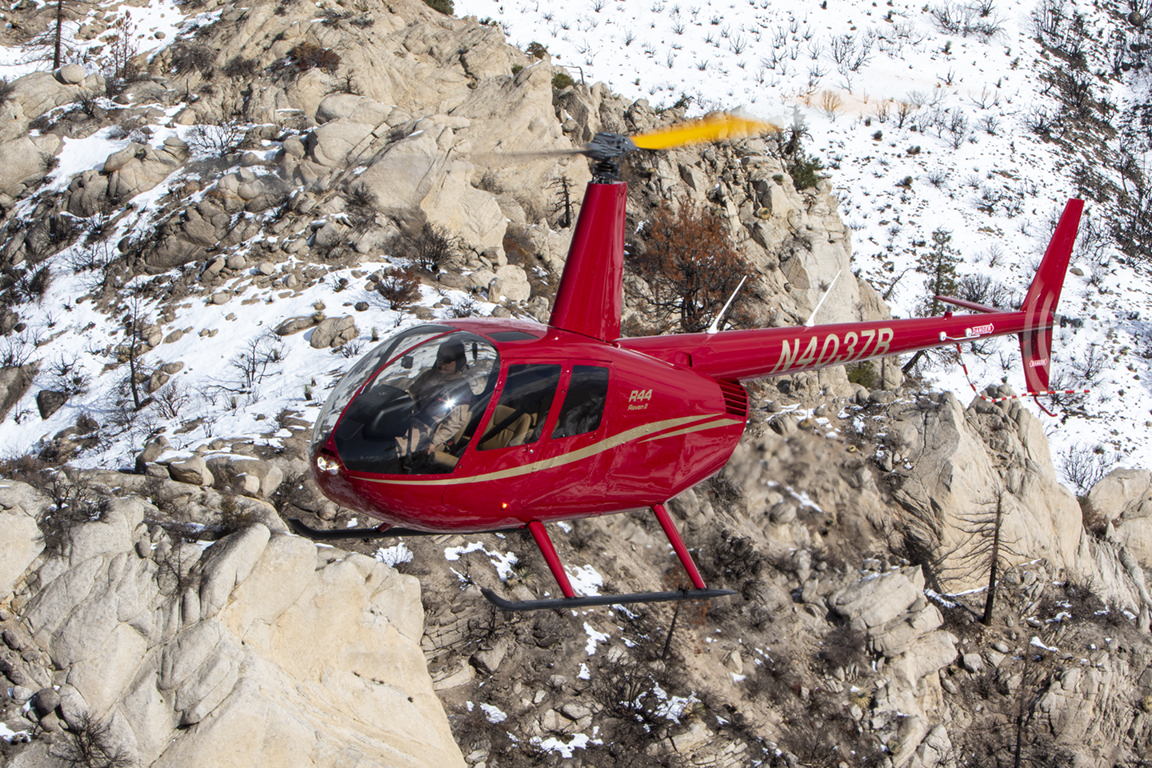Leeham News and Analysis
There's more to real news than a news release.
Bjorn’s Corner: Sustainable Air Transport. Part 46. eVTOL comparison with helicopter
November 18, 2022, ©. Leeham News: In the comments to last week’s Corner, there were requests for a comparison with a helicopter re. Sustainability (kWh/km). Here you go.
I also threw in a cost of operations discussion, as the helicopter is the present alternative to an eVTOL for city-to-airport air transports.
eVTOL versus helicopter
We compare the representative eVTOL we’ve discussed over the last weeks with the most sold helicopter, the Robinson R44, and its larger sister, the R66. The R44 has sold over 6,000 units and the R66 over 1,000.
The R44 is motored by a Lycoming IO540 183kW piston engine and carries a pilot and three passengers, the R66 by a 200kW Rolls-Royce RR300 gas turbine. It takes a pilot and four passengers.
Cruise speed for both is 110kts, which on the short hop we analyze, keeps the trip times within minutes of the eVTOL. The R44 can fly for 1.1 hours with a full load, the R66 2.0 hours, and our eVTOL 40 minutes (normal flight until energy is finished, no reserves).
Operating costs
In our analysis in Part 44P, we come to a 25-mile trip cost for the eVTOL of around $220, flying a mission from a city center to a nearby airport. The same trip cost for the R44 would be $140 and the R66 $200. It includes the same landing and ATC fees for all three.
The charging station fees on the heliport and airport (on top of energy cost) are unique to the eVTOL. The helicopters pay for the fueling capability and fuel, which for the R44 is AVGAS; the R66 runs on Jet-A1.
Energy consumption
We had a value of 0.4kWh/km per passenger for our eVTOL when we assumed an average of 2.3 passengers. If we set the same average passenger load for the helicopters, we land at 1.7kWh/km and passenger for the R44 and 2.6 kWh/km for the R66.
Conclusion
Despite the much higher energy consumption, the operating costs for the helicopters are lower, even with an assumed fuel price of $6 per US Gallon.
Part is a much lower capital cost as an R44 costs $0.5m and an R66 $1m. We have assumed our capital cost for the eVTOL is double the R66. These are mature costs that are reached when the production has reached 1,000 units or more.
The problem for the eVTOL industry is that the first hundreds off the production line cost more to produce than these sales prices.





The R44e will cost more but with 0 emissions and lower noise it should be able to operate from more city sites than the 100LL and JET-A versions. A city center to airport optimized new design UAM should be able to improve the numbers over the R44 converted to R44e e-helo but how much with todays technology is the question, still the R44 is pretty optimized and not that easy to beat on cost/performance.
If we include reserves, an R44 will mostly be able to do a round trip without refueling. Completely refueling takes around 10 minutes. How long does it take to reload a typical EVTOL for the flight back?
Thanks for this useful comparison. Can you edit to show the sensitivity to charge cycle lifespan for the eVTOL? I recall the life used was 1,000 cycles. How much does total operating cost go down if that can be extended to 1,500 0r 2,000 cycles?